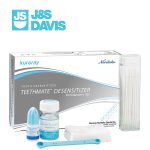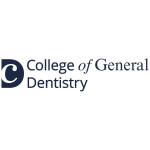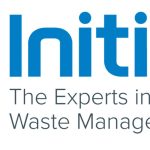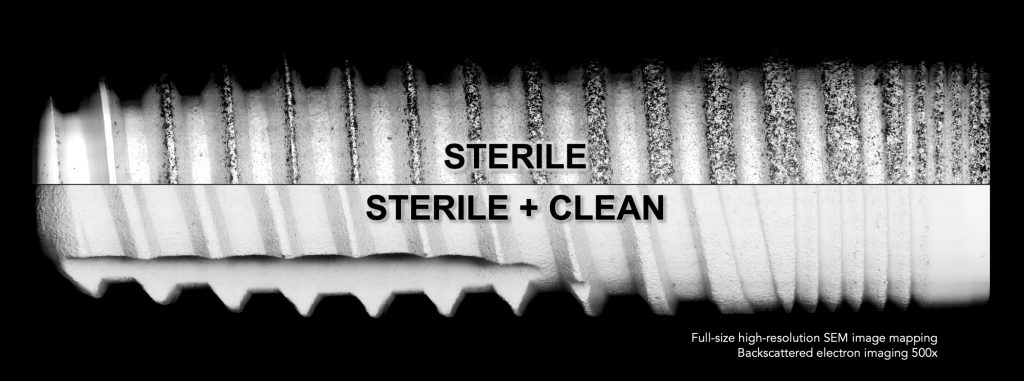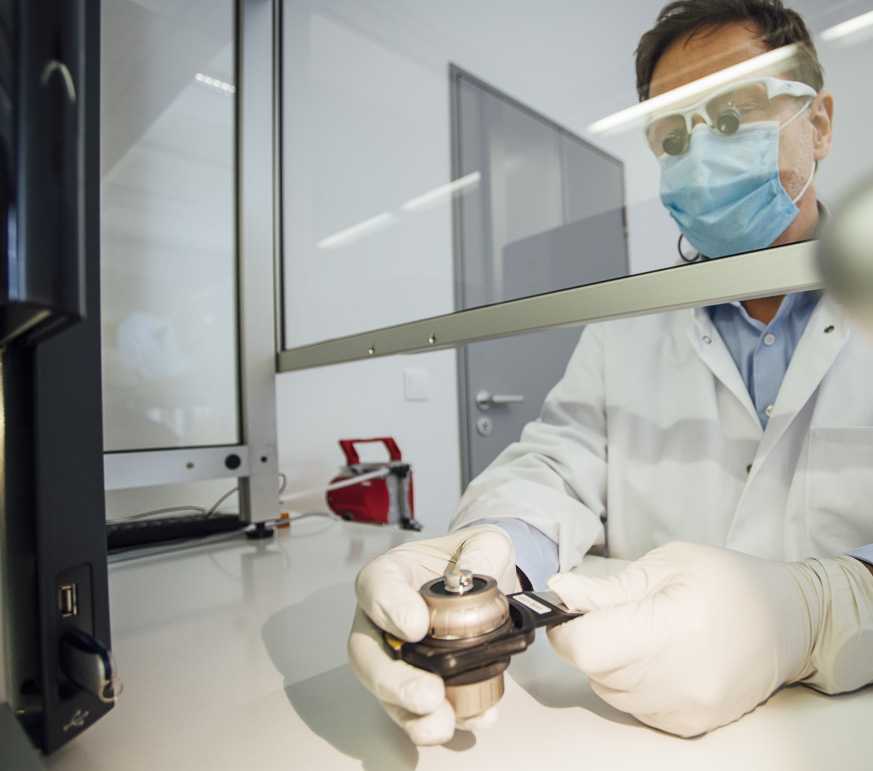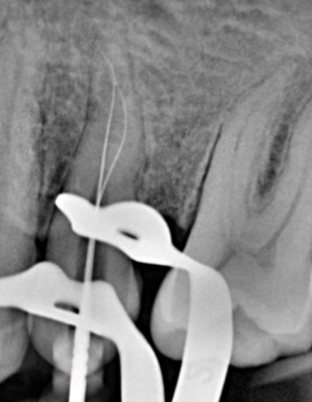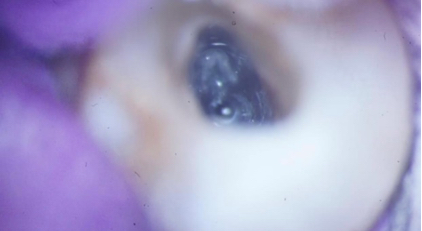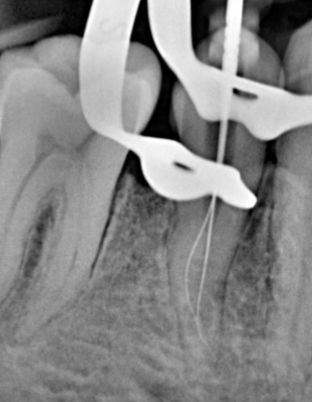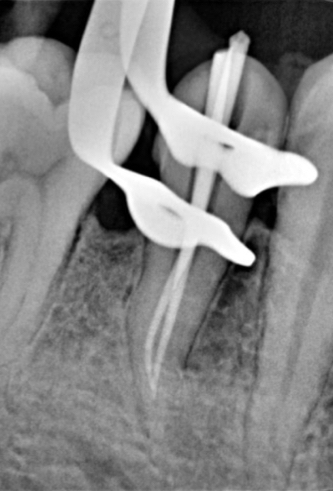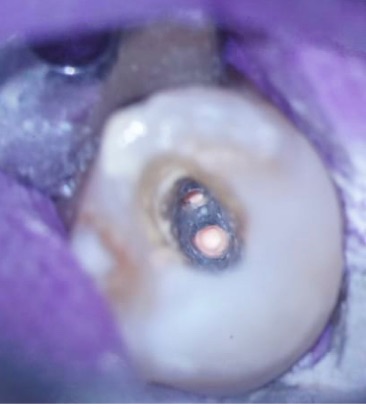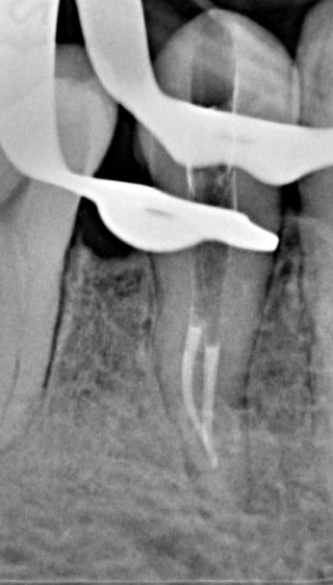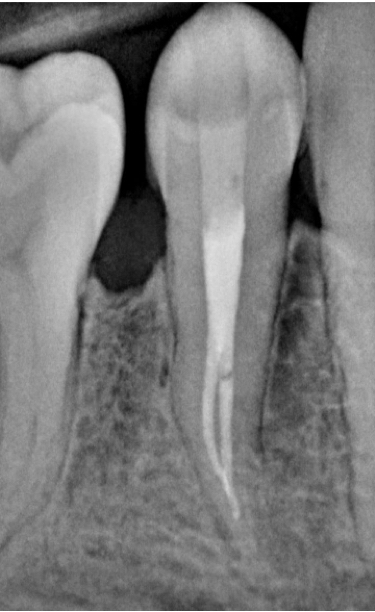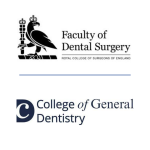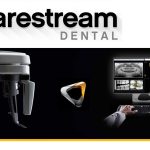One common hurdle that professionals face is a patient refusing recommended treatment. Not only is this disheartening, but it may also lead to further problems and more invasive interventions for the patient further down the line.
Breaking down barriers
There are several reasons why patients may not accept proposed care and understanding these is important if clinicians are to help them proceed with the dental care they need and improve or maintain their oral health.
One study that assessed why patients refuse orthodontic treatment, for example, identified fear of tooth extraction, the necessity of frequent practice visits and uncertainty surrounding possible outcomes as key.[i] In the case of dental implant therapy, barriers to treatment acceptance may also include apprehension about the procedure and socioeconomic status.[ii] Other reasons could be a lack of trust between dentist and patient, not fully appreciating the need for treatment and time constraints if a patient leads a busy lifestyle or has a deadline such as a wedding.
How clinicians overcome these barriers will depend on each individual patient, but there are some general approaches to adopt to help boost treatment acceptance.
For example, it can help considerably to build an emotional connection with patients as choosing to proceed with dental treatment will require an emotional investment from them. This will also help to strengthen rapport between you and the patient, encouraging their trust in your ability to help them achieve the results you both desire. An open and honest discussion about money can help as well. Some patients will be comforted to know if there are payment plans available to make the procedures more affordable for them. The same can be said when exploring treatment options – giving them all their choices and explaining each one will help them feel more in control.
Finally, reassuring them that the treatment experience is as efficient and positive as possible will give patients another reason to proceed. This is often where modern digital technologies such as intraoral scanners come into their own.
Embracing the benefits of digital impressions
Studies have suggested that digital impressions are preferred by most patients,[iii] which means that utilising scanners will enhance their treatment experience. Replacing the gloopy, gag-reflex-inducing traditional impressions with technology allows you to start the assessment and diagnostic process in a more pleasant way. The equipment can also help patients say yes to treatment with smile simulations created from the digital scans that show patients what their teeth may look like. This helps to reduce miscommunication and lets patients know exactly what to expect while motivating them to move forward.
Finding the right scanner for you is important to make the very most of all these benefits and more. As such, the Straumann Group offers a suite of solutions tailored to your specific needs.
The Virtuo Vivo™ is the ideal entry level digital scanner for clinicians looking to transition to a digital workflow. It features easy handling, an ergonomic design, unsurpassed scanning access and real-time digital results. The 3D scanning technology provides life-like colour matching for enhanced communication between dentist and patient, and dentist and dental technician.
For clinicians looking to upgrade their current digital capabilities, the Medit i500 scanner features a small tip for simpler manoeuvrability and improved patient comfort. It also ensures high resolution images that make it easy to locate margin lines and undercuts. The 3D-in-motion video technology enables video-based scans for a shorter scanning time.
If you already offer digital impressions and are looking to upgrade your dentistry for an even more exceptional patient experience and comprehensive digital workflow, the 3Shape Trios scanner may be for you. This state-of-the-art technology provides unrivalled image quality as well as connectivity to leading software solutions, ensuring a smooth experience for patient and clinician every time.
To find out more about any of these intraoral scanners and how they can enhance your treatment acceptance rates, contact the Straumann Group.
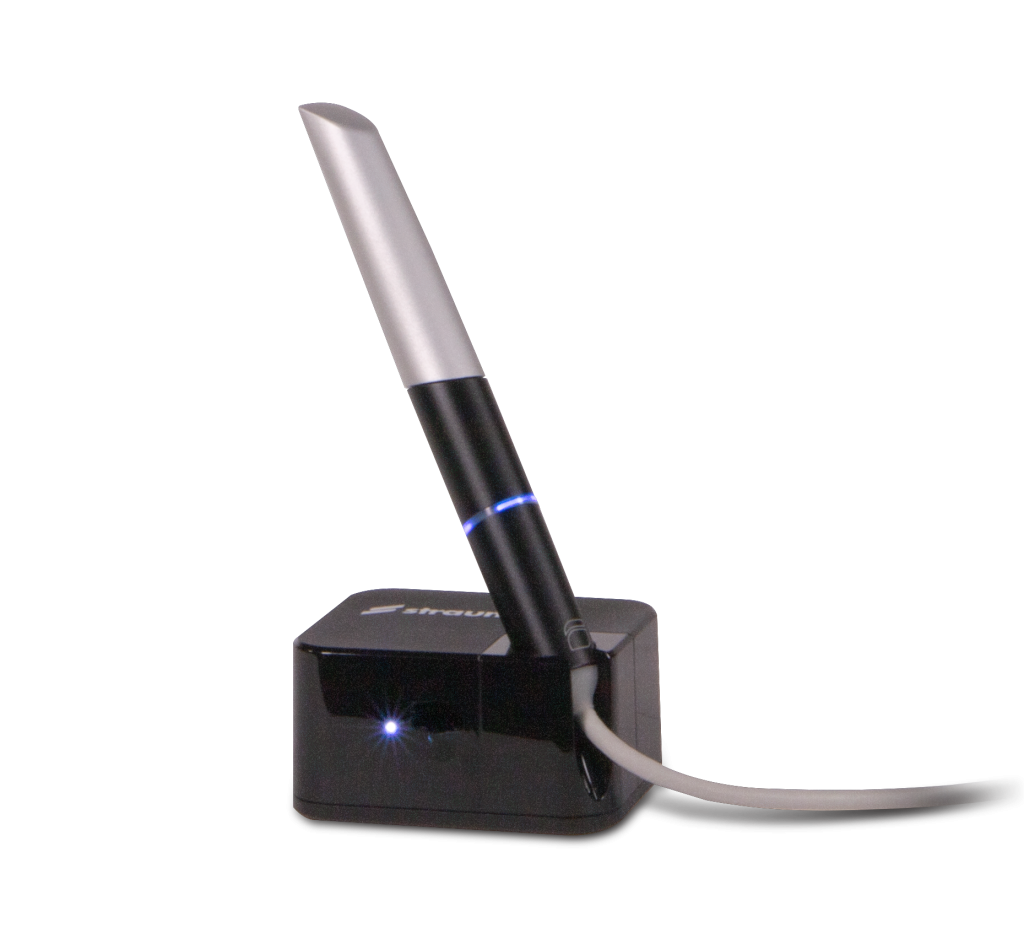
Virtuo Vivo™
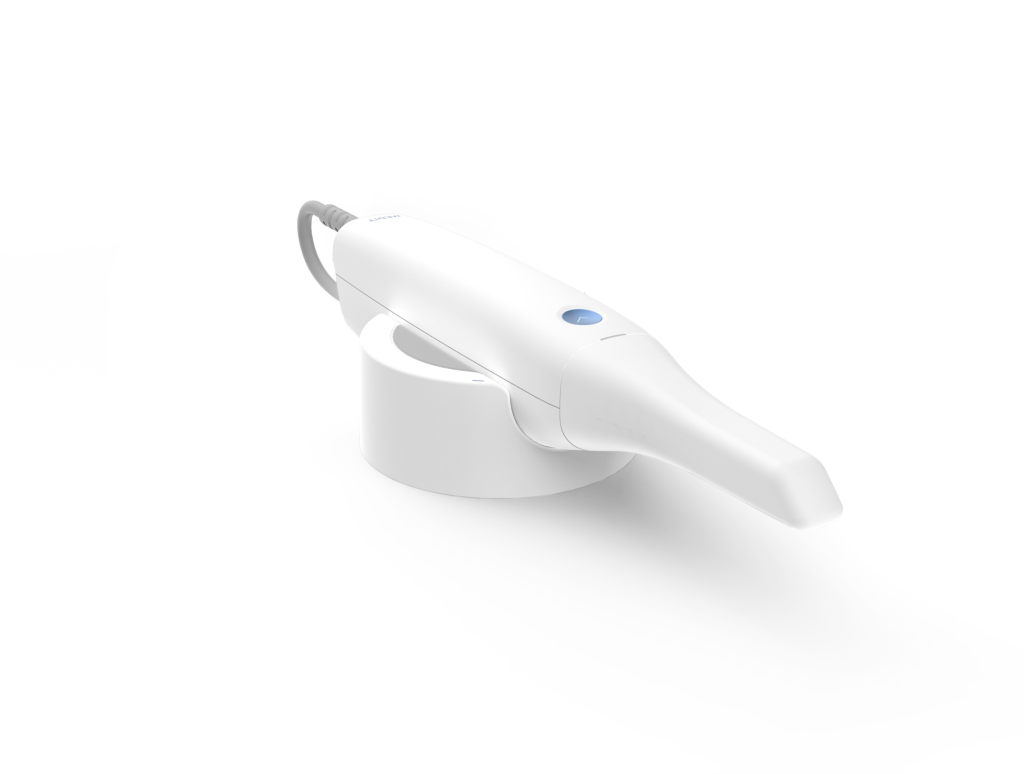
Medit i500
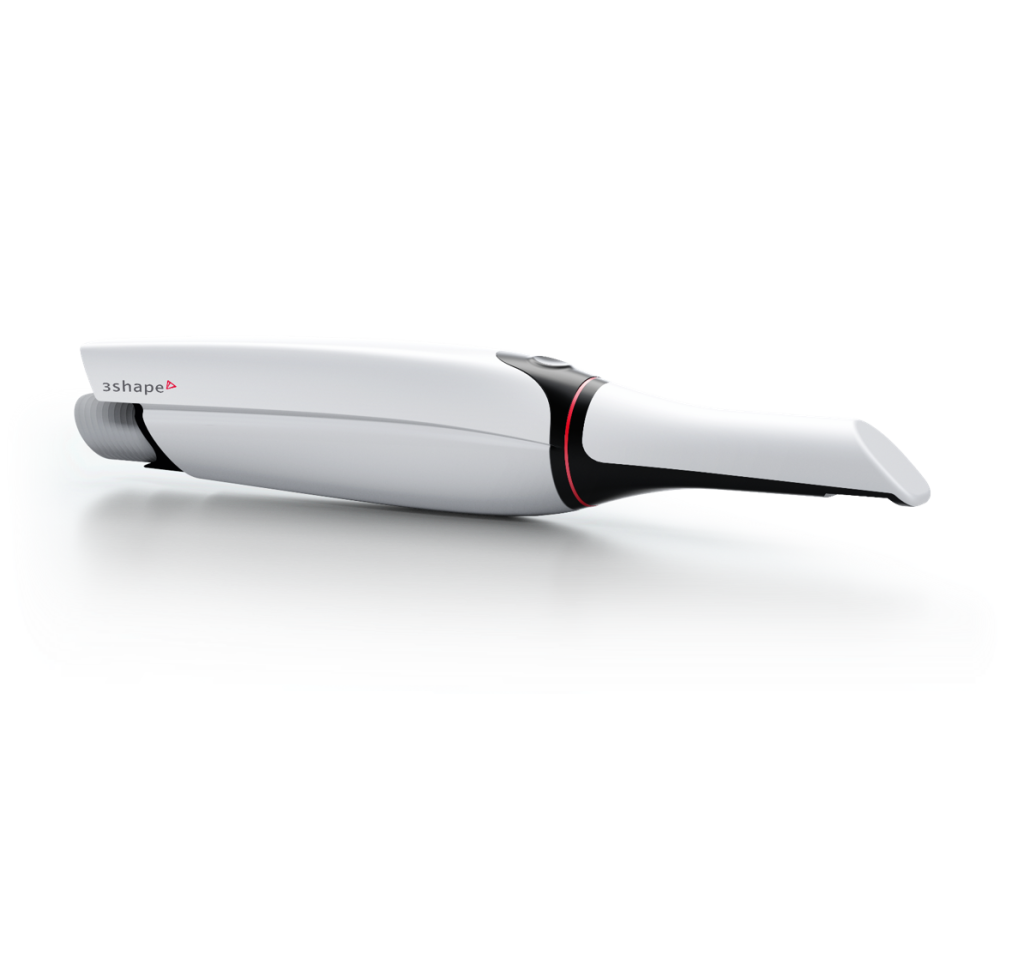
3Shape Trios
Accepting better oral health
For patients to improve their dental health, function and aesthetics, they often need professional intervention and support. Where they are unsure about going ahead with recommended treatment, helping to break down potential barriers and enabling them to make the best decision for them is crucial.
For more information, please visit http://www.straumanngroup-uk.co/my-ios
[i] Verma, S. Why Patient Refuses Orthodontic Treatment? Let’s Find Out The Reason. Sch. J. Dent. Sci., 2017; 4(10):424-42.
[ii] Bilski T. Conquering barriers to treatment acceptance in complex cases. Inside Dentistry. June 2020. 16 (6) https://www.aegisdentalnetwork.com/id/2020/06/conquering-barriers-to-treatment-acceptance-in-complex-cases [Accessed September 2022]
[iii] Sivaramakrishnan G, Alsobaiei M, Sridharan K. Patient preference and operating time for digital versus conventional impressions: a network meta-analysis. Aust Dent J. 2020 Mar;65(1):58-69. doi: 10.1111/adj.12737. Epub 2019 Dec 19. PMID: 31749234.




